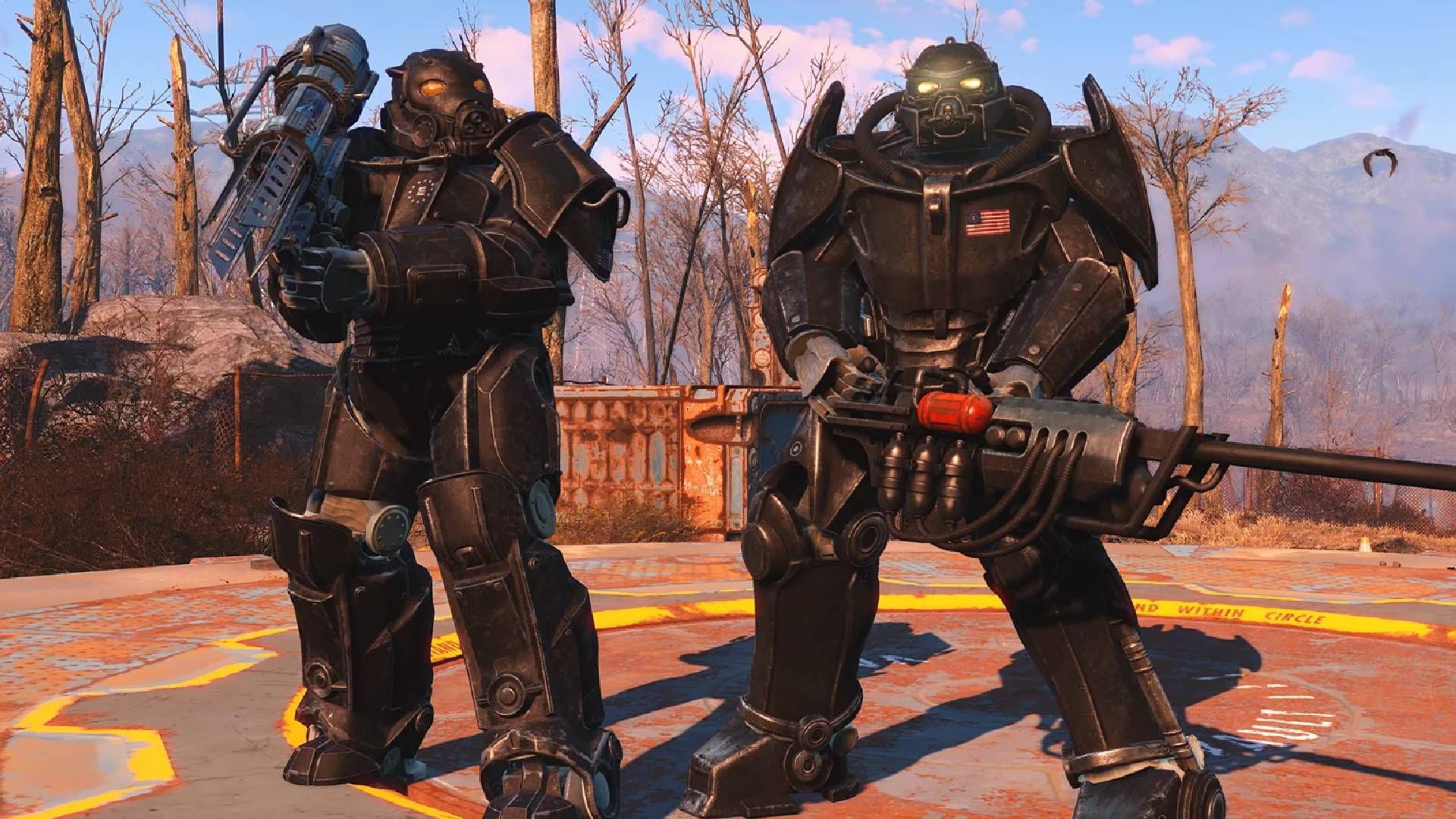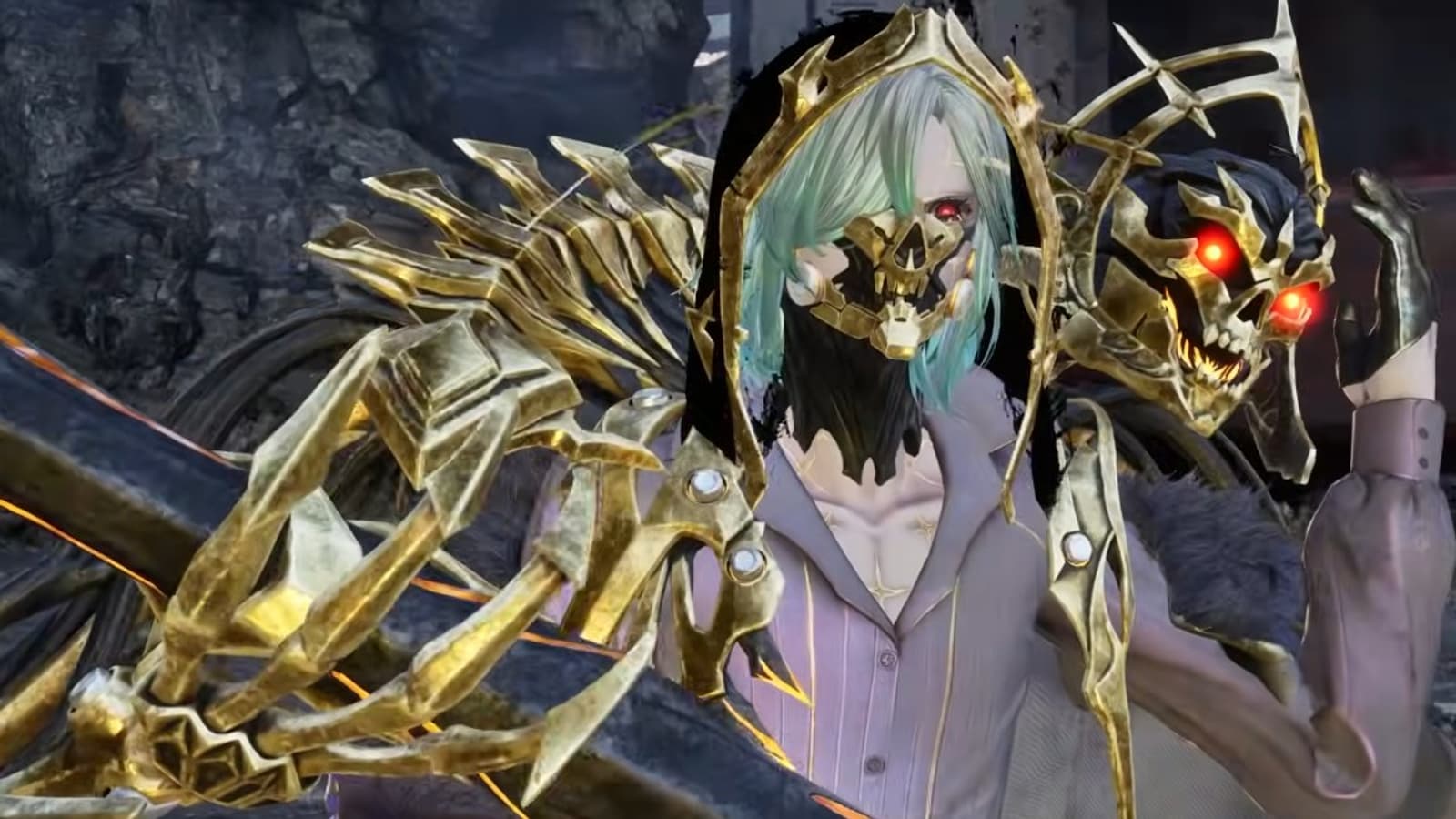Ninja Theory showed off a new trailer for Hellblade: Senua’s Sacrifice during Unreal’s keynote at GDC, but it wasn’t any ordinary press conference reveal. Stage left, curtains parted to reveal an actress decked out in face-rigging attire, effectively transmitting her live performance into the trailer in real time. This is how Ninja Theory is capturing every performance in the game. Yeah, it was
pretty weird, but makes complete sense for this project in particular, and looking ahead, the medium at large.
Tameem Antoniades, Chief Designer, first reinforced the importance of emotional nuance in character animation in Hellblade, which tackles heavy themes, including mental illnesses. Senua is on a vision quest into the viking heartland. She regularly hallucinates and hears voices, but Antoniades wanted to avoid casting her legitimate health issues in a cliched light. To drive it home, they consulted a professor of health science and psychology, and people who have or still suffer from similar illnesses themselves.
Development diary talking about the creation of the live motion capture
The live performance wasn’t exactly 1:1–no doubt, there’s plenty of room for this kind of technology to grow, but it’s hard to understate how bizarre it was to see the actress’ twitchy eye movement, blinks, and general expressions show up on Senua with no apparent delay. It got even weirder when she started bobbing around and singing a squeaky-voiced rendition of a certain snowman song from Frozen.
It’s especially useful for a small team like Ninja Theory developing a game that requires as much fidelity as Hellblade, the kind of sheen typically reserved for teams of dozens developing blockbusters on blockbusters. Live face-rigging and capture eliminates a huge amount of the work load and iteration required of a single performance, and the ability to see it live in Unreal with all the set dressings means a given scene can be poked and prodded on a whim.
Hellblade: Senua’s Sacrifice is due sometime this year.


